|
A number of years ago I decided to raise some baby mallards. As a child I used to feed and make friends with them, even as a toddler I was told. Because I live so close to North Pond I decided to raise some mallards and release them on the lake, although I had never seen mallards here and wondered why. After doing some preliminary research I learned that this area was a breeding area for wild mallards, so I figured that I had nothing to lose.
What an adventure! The “quackers” were characters. My dog adored them and they seemed equally fascinated with her because whenever Star visited with them they would waddle over to quack excitedly at her when she pawed their cage. I came to love them too, and although they made a horrible mess I loved the quackers enthusiastic morning greeting. When the day came to release them I felt sad. By this time I had spent a lot of time in my kayak looking for a safe haven for the youngsters. I created a nest at the end of a peninsula, and left them there on North Pond. I saw the quackers occasionally during that summer but when they migrated in the fall they didn’t return… I believed my experiment to re- introduce them had failed.
1 Comment
Canadian Geese have been on my mind a lot lately. This past winter I have missed the skeins of geese that fly back and forth up and down the river appearing every single morning like clockwork. In Abiquiu when winter turned to spring I noted that the geese were behaving in much the same way the Sandhill cranes did before they migrated, splitting into pairs or groups of three and flying erratically. I was puzzled. I didn’t recall witnessing such behavior before this year. I wondered about migration patterns. Were the geese shifting their flight patterns too? Or perhaps the small groups I saw were staying year round? Some days it almost seemed as if these water birds were confused by something.*
I saw three Canadian geese on the last predawn walk I took to the river/Bosque, just an hour or two before leaving for Maine. I knew that a perilous journey was ahead because we were driving. The C/virus was a frightening threat though I brought all food, and would camp/use woods as bathroom. The first morning after my arrival in Maine I saw and heard three geese honking over my head. I was struck by the odd synchronicity – (three geese at the beginning and ending of the journey). I remembered the mother goose tales of my childhood also recalling their mythology. 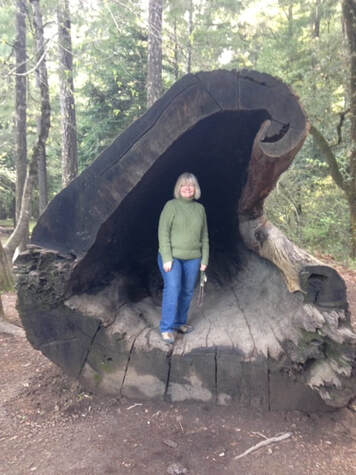 Totally by accident, I discovered a picture of a most beautiful flower commonly called Adderstongue (Scoliopus bigelovii) that I had never seen before. Of course I had to look it up… I learned that Adderstongue only grows in old growth forest in the understory of the ancient Redwood trees of California in moist mossy places that are shaded. It grows from a rhizome, and I immediately suspected the plant must have a symbiotic relationship with the Redwood’s underground fungal network. The flower is pollinated by fungus gnats, the fruit is a drooping capsule and when it bursts the seeds are carried away by ants. The moment I laid eyes on the picture I longed to see one in the flesh… and this is what got me started on my Redwood Quest. Once Redwoods grew throughout North America as well as along the coasts of Europe and Asia, but now they are now restricted to the Pacific coast. And I have never seen one. The earliest Redwoods -Sequoia sempervirens -(the name Sequoia is Cherokee in origin) appeared shortly after the dinosaurs disappeared. Redwoods have lived in their present form for about 240 million years although California didn’t become their home until about 20 million years ago. I first became interested in herbalism as a young mother who kept a small herbal garden outside her back door. There is nothing better than fresh herbs to spice up any dish (as any good cook knows well) and baking my own bread, making homemade granola, etc., like gardening, was simply part of what I did. In retrospect, I see that cooking served as a highly creative endeavor that helped me to create some balance between the millions of mundane jobs associated with single motherhood and my need for creativity…
It seemed quite natural to begin to explore herbs for medicinal purposes. I first experimented with plants that grew wild near my house on the island on which I lived. I sensed that developing a personal relationship with the plants I was using mattered, an intuition that continues to inform my growing and preparation of herbal remedies to this day. If I don’t have the right growing conditions for an herb I need, I wild craft responsibly. Until recently I have never used store bought preparations. Scientist Diana Beresford Kroeger proved that the biochemistry of humans and that of plants and trees are the same – ie the hormones (including serotonin) that regulate human and plant life are identical. What this means practically is that trees possess all the elements they need to develop a mind and consciousness. If mind and awareness are possibilities/probabilities then my next question isn’t absurd: Do trees have a heartbeat?
According to studies done in Hungary and Denmark (Zlinszky/Molnar/Barfod) in 2017 trees do in fact have a special type of pulse within them which resembles that of a heartbeat. To find this hidden heartbeat, these researchers used advanced monitoring techniques known as terrestrial laser scanning to survey the movement of twenty two different types of trees to see how the shape of their canopies changed. The measurements were taken in greenhouses at night to rule out sun and wind as factors in the trees’ movements. In several of the trees, branches moved up and down by about a centimeter or so every couple of hours. I began to get very interested in the possibility of the bark of some trees photosynthesizing in winter as a result of my predawn meanderings in the Bosque. I noticed, for example, the pale skin of Mexican Privet and the young branches of Cottonwood trees. Both had a pale greenish tinge. I also recalled the Aspen and Poplars on my land in Maine that also had greenish bark.
When I was researching to write an article on Aspens I learned that the willow family that included Aspens, Cottonwoods, and Poplars as well as our Coyote Willows did indeed photosynthesize all winter long as long as temperatures stayed above freezing. If sunlight warms bark on the south - and southwest - facing sides of trunks and branches, it also makes it possible for bark to photosynthesize even when air temperatures are below freezing. Energy produced by bark photosynthesis is thought to support regular cell maintenance in the trunk and branches and can help trees recover from defoliation due to insects, storms, or severe drought. Every morning on my way to the Bosque I keep a sharp eye out for subtle changes in the color of the Coyote Willows - Salix exigua - that line the ditches and the river. In a month or so these slender shoots and bushes will turn burnt orange or a deep rose red (depending on the soil). Here in Abiquiu they signal that spring is on the way. These flexible fronds are used by so many Indigenous peoples to make baskets, trays, etc – some even use them as thread. What I love best is their shape-shifting color especially when framed against an azure sky.
Because I have two ‘home places’ I also think of another willow – Salix discolor – commonly called the native Pussy Willow. By mid February I am impatiently waiting for the first fuzzy paws to appear on the bushy branches of the pussy willows on my property. In Maine, winters are long and the advent of the pussy willow signals the coming shift of seasons long before it becomes apparent in more obvious ways, except for the warming sun. Snowfall is often heaviest during this month, and I have been known to tramp through heavy snow on snowshoes to reach some of my favorite clumps. I clip a few twigs from each bunch to put in the house. d you know that the Federal government is overseeing a program of massive deforestation on Western public lands? Some 7.4 million acres of pinyon-juniper forest in the care of the Bureau of Land Management in Nevada, Utah and southern Idaho are targeted for destruction over the next several years.
The Bureau of Land Management (BLM) and Soil Conservation Groups are using Tebuthiuron, an herbicide to ‘control ‘unwanted plant growth. BLM, in partnership with the San Juan Soil and Water Conservation District and the Farmington Field Office here in New Mexico, treated approximately 9,000 acres of juniper, pinion, sagebrush and other plants beginning last October. These treatments occurred on BLM-managed, State, and private lands within San Juan, Rio Arriba and Sandoval counties. The herbicide was dropped by low flying planes to kill trees, especially junipers, sages, shrubs, and vines “to keep land from being taken over” by anything besides grasses and forbs for grazing. The poison must be activated by “adequate” rainfall to penetrate the soil. It is absorbed by the roots of targeted plants to a depth of two feet, and transported to the leaves and needles where it kills the offending tree or plants (slowly) by inhibiting the plants’ ability to photosynthesize. Scientist Susan Simard is a professor of Forest Ecology at the University in Vancouver, British Columbia, who has been studying the below-ground fungal networks that connect trees and facilitate underground inter-tree communication and interaction. Over a period of more than thirty years this field scientist and her students have learned how fungi networks move water, carbon and nutrients such as nitrogen between and among trees as well as across species. Her research has demonstrated that these complex, symbiotic networks in our forests -- at the hub of which stand what she calls the "mother trees" -- mimic our own neural and social networks. This groundbreaking work on symbiotic plant communication has far-reaching implications that include developing sustainable ways to ‘manage’ forests, and to improve tree and plant resistance to pathogens. Although much of Simard's research occurs in forests, she has also studied the underground systems of grasslands, wetlands, tundra and alpine ecosystems.
Under our feet there is a whole world of biological pathways that connect trees and allow them to communicate and share resources and information. Other scientists who study these networks (like Dr. Merlin Sheldrake) agree with Susan who suggests that the forest behaves as though it's a single cohesive organism. I come from an area in Maine where the prolific Whitetail deer bed down around my house during the winter, birth their fawns in the spring in my wildlife sanctuary, roam around my field in female dominated groups with young during the summer. It isn’t until fall that I usually meet the bucks coming in to feed on the sweet wild apples outside my window. My point here is that although I never take their presence for granted, interacting with deer is simply part of my life.
When I first moved down by the river in Abiquiu, I used to see mule deer early in the predawn hours outside the Trailercita. Sometimes I would startle one or two when I walked in the Bosque and noted that both elk and mule deer bedded down in wild grasses making a circular depression much the way a dog will do before it sleeps. |
Submit your ideas for local feature articles
Profiles Gardening Recipes Observations Birding Essays Hiking AuthorsYou! Archives
October 2025
Categories
All
|
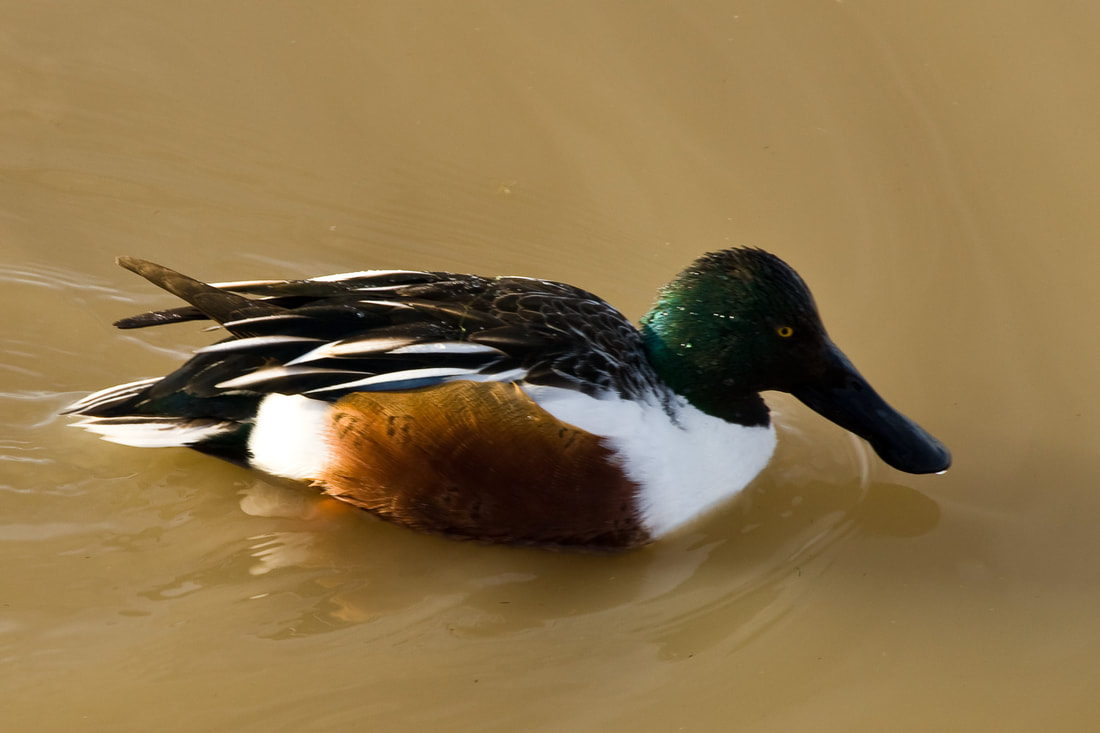
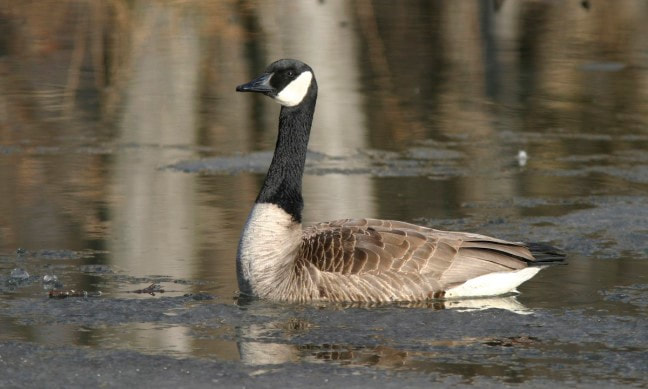
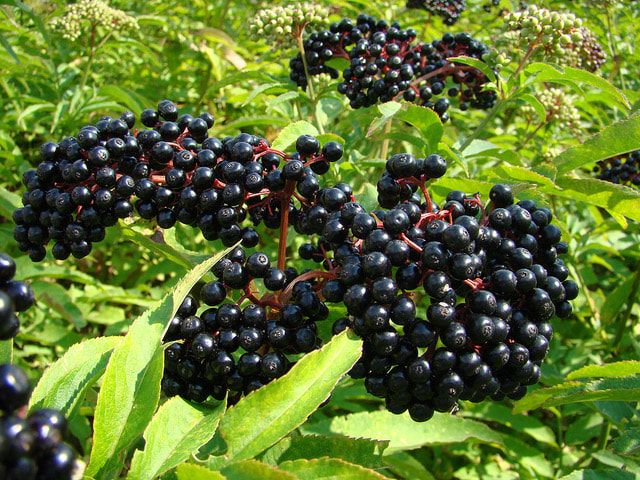
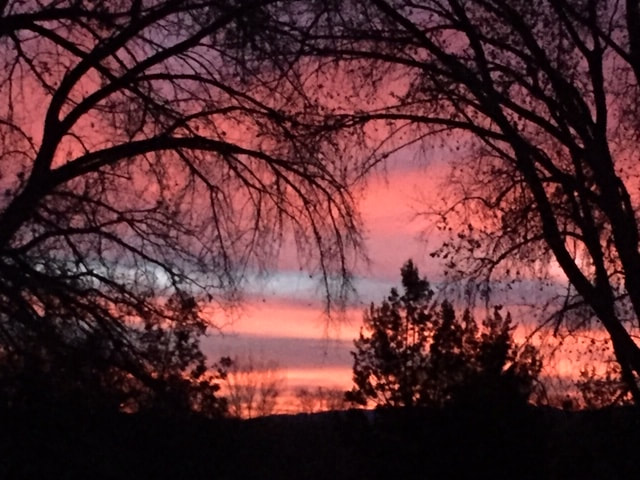
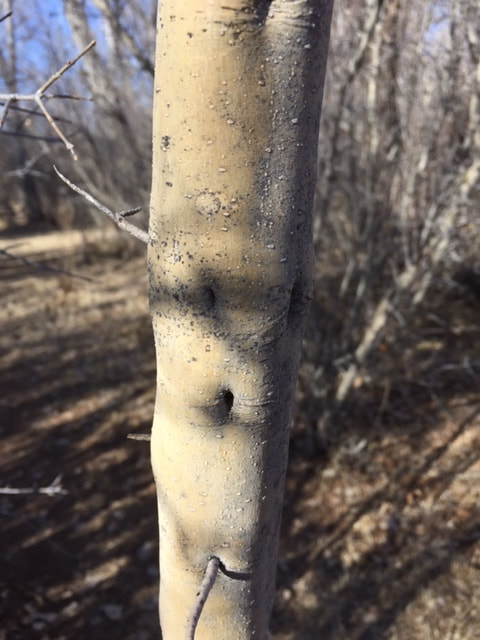
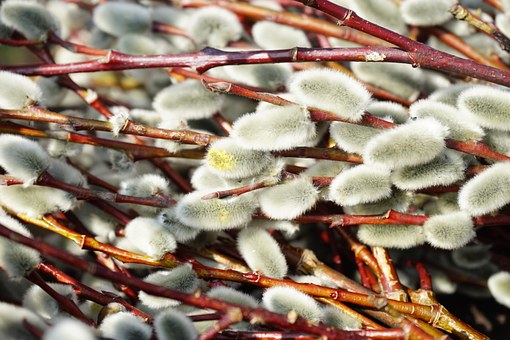
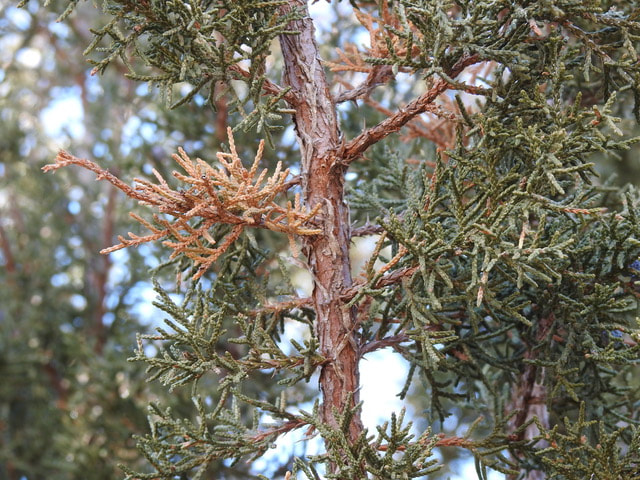
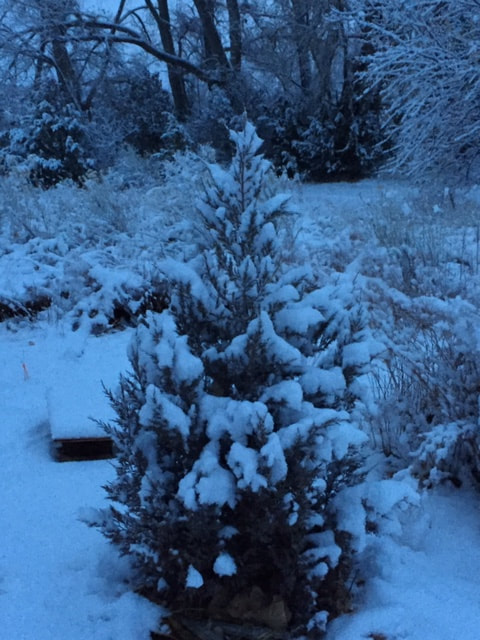
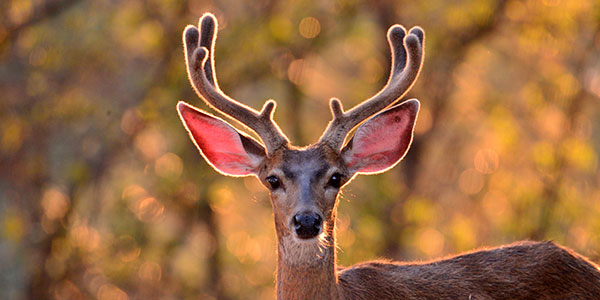
 RSS Feed
RSS Feed